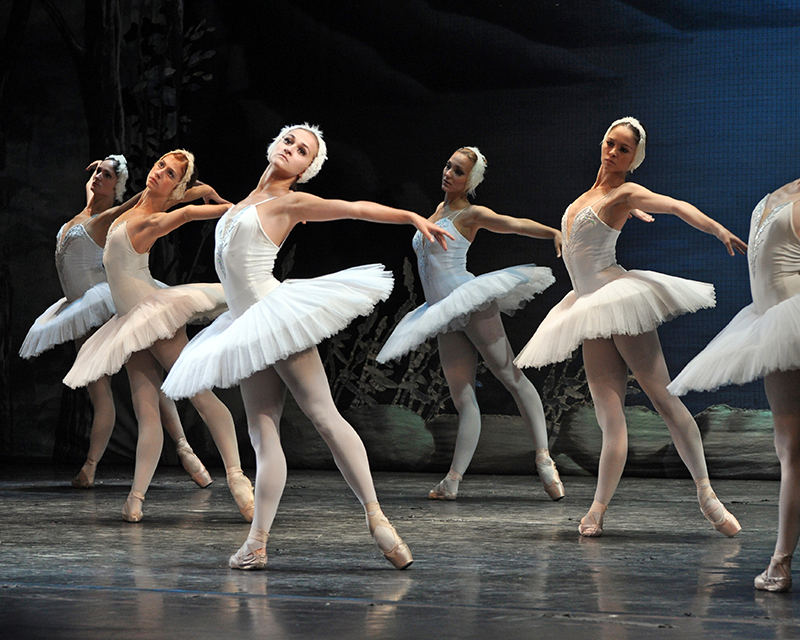BALLET
Ballet has captured the hearts and imaginations of audiences for centuries…
Ballet’s Origin
Ballet’s roots can be traced back to the Italian Renaissance courts of the 15th century, where it began as an elegant court entertainment. It was later refined and codified in the French courts during the 17th century. Ballet was initially a male-dominated art form, with dancers wearing masks and heavy costumes, but it evolved over time, allowing women to take center stage and showcase their grace and skill. Over the centuries, ballet has spread worldwide, adapting and blending with various cultures and evolving into the beautiful art form we know today.
The Language of Movement
At its core, ballet is a language of movement. It tells stories, conveys emotions, and expresses the human experience through a series of carefully choreographed steps, gestures, and poses. The dancers’ bodies become the medium through which narratives are brought to life, and each performance is a testament to the power of physical expression.
It’s a dance form that combines athleticism, artistry, and storytelling in a way that transports both the performers and the spectators to a world of enchantment. In this blog post, we will dive into the captivating world of ballet, exploring its history, the dedication required, its enduring appeal, and its profound impact on the world of dance.
Dedication and Discipline
Becoming a ballet dancer requires an unwavering commitment to one’s craft. Dancers start training at a young age, often enduring rigorous daily schedules that include countless hours of practice, stretching, and conditioning. The pursuit of perfection is a never-ending journey, as even the most seasoned professionals continue to refine their skills. The dedication and discipline instilled in ballet dancers are qualities that serve them well both on and off the stage, shaping them into individuals of remarkable strength and resilience.
What sets ballet apart is its ability to captivate audiences with its combination of technical prowess and emotional depth. The elegant lines, the graceful movements, and the sheer athleticism of the dancers leave spectators in awe. Moreover, ballet offers a unique opportunity for storytelling, with classic ballets like “Swan Lake,” “The Nutcracker,” and “Romeo and Juliet” conveying timeless tales of love, tragedy, and fantasy. The ability of ballet to evoke a wide range of emotions in its viewers is a testament to its enduring appeal.
Ballet has not only left an indelible mark on the world of dance but has also influenced many other dance forms. Elements of ballet can be seen in contemporary dance, jazz, and even hip-hop. The discipline, posture, and poise instilled by ballet training provide a strong foundation for dancers to explore and experiment with various styles, leading to innovative and groundbreaking choreography.
Ballet dancing is a testament to the power of the human body as a tool for artistic expression. Its rich history, dedication, and captivating performances continue to inspire and enchant audiences worldwide. Whether you’re a seasoned ballet enthusiast or someone new to the world of dance, watching a ballet performance is an experience that can transport you to a realm of beauty, grace, and emotion that words alone cannot capture.
